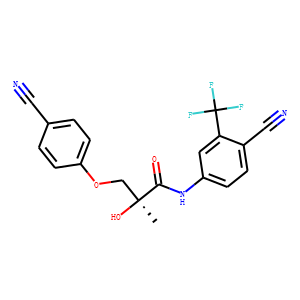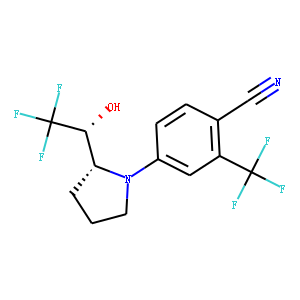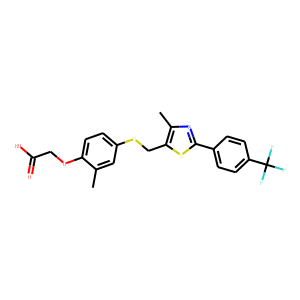High‐throughput liquid chromatography tandem mass spectrometry assay as initial testing procedure for analysis of total urinary fraction
Author:Tim Sobolevsky; Brian Ahrens
Journal:
Drug Testing and Analysis
Abstract:In the recent years, a lot of effort was put into the development of multiclass initial testing procedures (ITP) to streamline analytical workflow in antidoping laboratories. Here, a high‐throughput assay based on liquid chromatography–triple quadrupole mass spectrometry suitable for use as initial testing procedure covering multiple classes of compounds prohibited in sports is described. Employing a 96‐well plate packed with 10 mg of weak cation exchange polymeric sorbent, up to 94 urine samples and their associated positive and negative controls can be processed in less than 3 h with minimal labor. The assay requires a 0.5‐ml urine aliquot, which is subjected to enzymatic hydrolysis followed by solid phase extraction, evaporation, and reconstitution in a 96‐well collection plate. With a 10‐min run time, more than 100 analytes can be detected using electrospray ionization with polarity switching. The assay can be run nearly 24/7 with minimal downtime for instrument maintenance while detecting picogram amounts for the majority of analytes. Having analyzed approximately 28,000 samples, nearly 400 adverse analytical findings were found of which only one tenth were at or above 50% of the minimum required performance level established by the World Anti‐Doping Agency. Compounds most often identified were stanozolol, GW1516, ostarine, LGD4033, and clomiphene, with median estimated concentrations in the range of 0.02–0.09 ng/ml (either as parent drug or a metabolite). Our data demonstrate the importance of using a highly sensitive ITP to ensure efficient antidoping testing.
Products Used:



